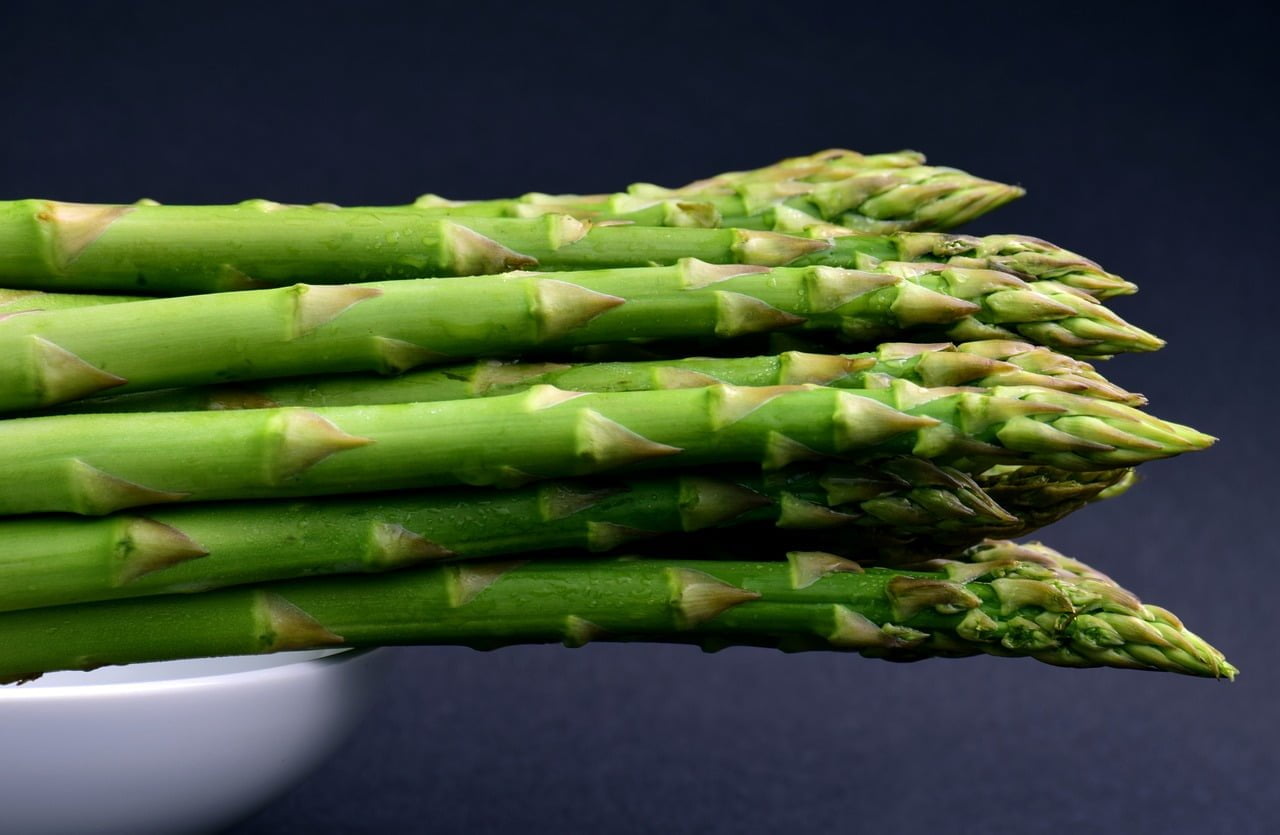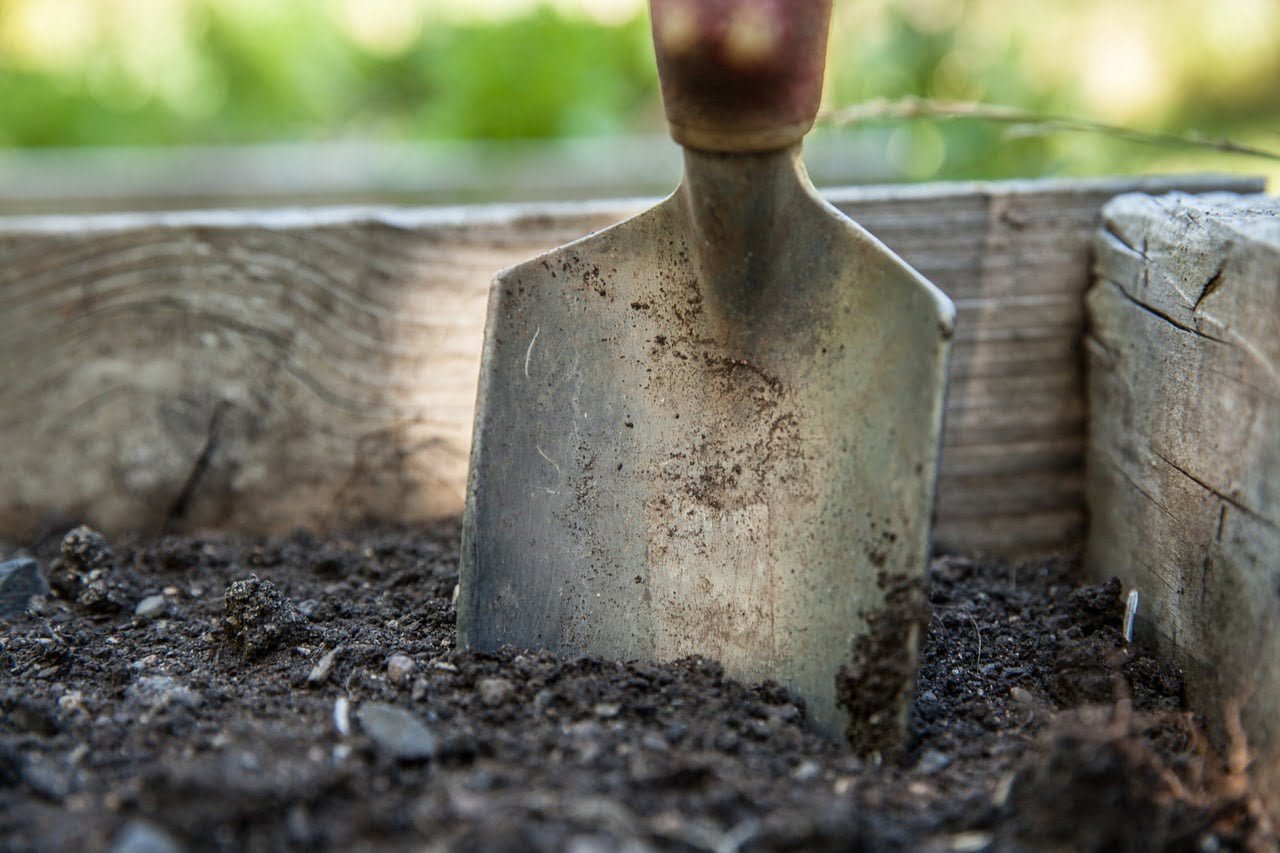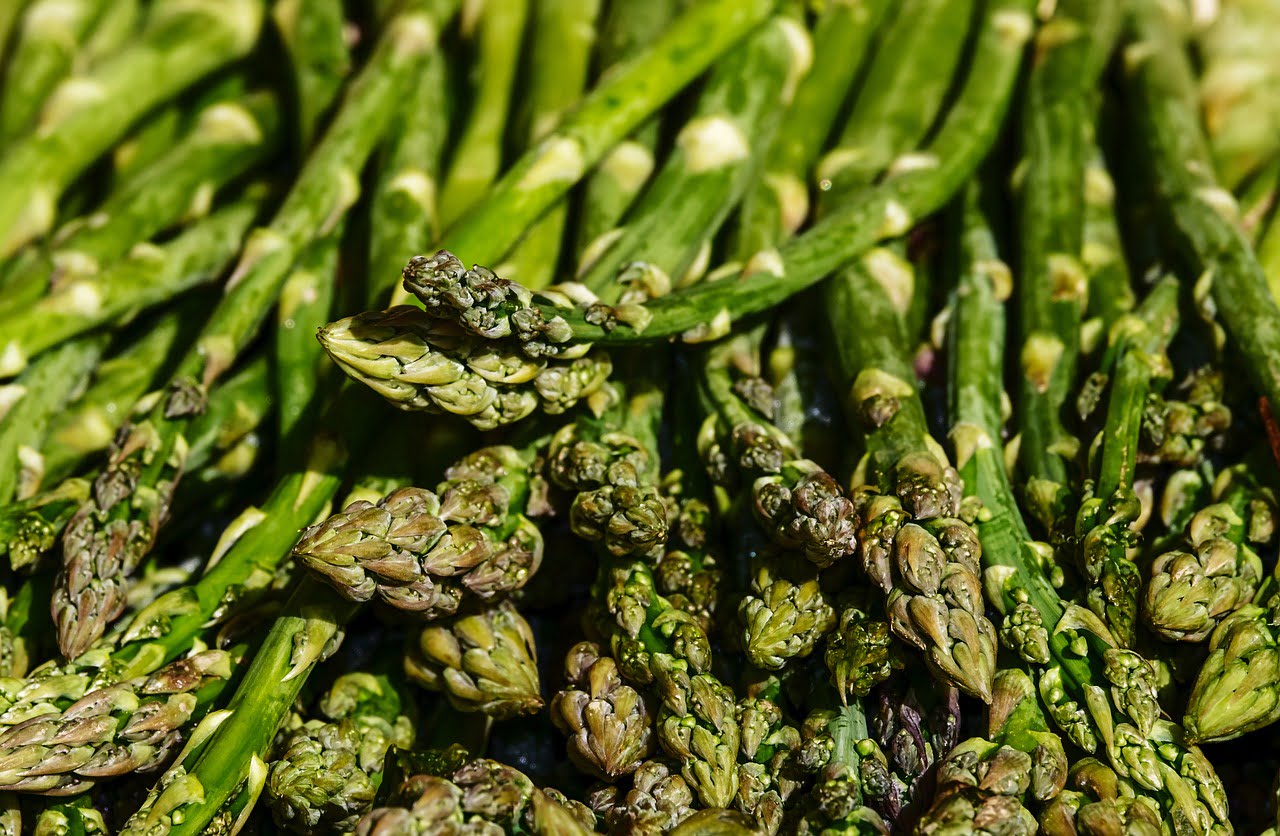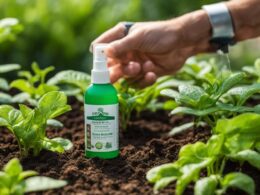
1. Seed Selection
Most commonly, gardeners use asparagus crowns in order to get started on their own crops. This is because growing these perennial vegetables from seeds requires more attention to details. However, it is still possible to benefit from a great harvest, provided you possess some level of knowledge when it comes to gardening or benefit from a certain degree of prior experience. If you wish to know how to plant asparagus, the first step you need to take is selecting the proper seeds. The most widespread type of asparagus on the market is the Mary Washington. The organic seeds come off as quite inexpensive and the pack of 200 Mary Washington asparagus seeds makes for a good starting point. Another great subvariety of asparagus is the French Precoce D’Argenteuil. This particular kind of asparagus is most suited for impatient gardeners who wish to see fast results of their hard work. Of course, this suggestion is most suited for experienced gardeners looking to increase their vegetable collection. If you are still new to gardening, consider buying asparagus crowns for starters to see how everything works.2. Asparagus Crowns Selection
“Asparagus crowns” is a technical term that stands for dormant roots. Using these to start your first season of growing asparagus is the safest and easiest way to go for novice gardeners. However, there are some quirks and quarks when it comes to selecting the proper crowns in order to ensure a continuous and healthy harvest of asparagus for years to come, as well. The most important factor is that they are available for purchase for only a brief window in early spring. This is right after the ground thaws and before the roots start sprouting. The asparagus crowns look like a sea creature from whose head the spears sprout, also having the roots for tentacles. As a result, they are fairly easy to recognize among other varieties of vegetables or plants. After you purchase the crowns, keep in mind that timing is everything. Make sure you are ready to plant the dormant roots right after purchase, so they can start growing in the ground without delay. We advise against this, but if you absolutely need to wait one or two days before planting, keep the roots in a container with moist sand in a cool environment. If you are wondering how much is enough, ten asparagus crowns are able to supply sufficient resources for a family of four. Also, you only need a space of approximately four feet by eight for your asparagus crop. As for the options, go for the all-male varieties like “Purple Passion”, “Jersey Giant” or “UC 157”. These are usually highly productive and more disease-resistant than heirloom versions.3. Soil Preparation
In order to be ready to plant asparagus, you need to prepare the soil almost a whole year in advance. Getting rid of any unwanted vegetation and harmful weeds is an important first step in starting your own asparagus crop. If you truly want to get a firm grasp on how to plant asparagus, keep this important piece of advice in mind. Hence, start clearing the plot early and provide the soil with as many nutrients as possible. Also, pay attention to unwanted roots that might be hidden in the ground and take them out if you find any. For the asparagus roots, you will need to dig holes of up to 12 inches in depth. As a result, make sure to loosen the entire surface of the planting area to this depth before you start planting. You can easily do this by using a digger fork or tiller. Next, use natural fertilizers and spread them in a layer of up to three inches over the surface of your planting area. You have to plant the asparagus crowns in rows of 12 inches deep and two feet apart. What asparagus thrives in most is an environment rich in moisture, nutrients, and potassium. Therefore, you can boost the soil quality by using (no more than two cups of) greensand, which is high in potassium, for better results. Also, high soil acidity can seriously damage the asparagus roots and the overall quality of your crop. Hence, test your soil for low or high levels of pH and adjust accordingly. Usually, the levels are lower than the recommended 7 pH. If this is your case, you can add lime to raise the levels, and you will be good to go.
4. How to Plant Asparagus
Once the preparations are over, and you have everything you need, it is time to get down to work and start planting. You can either choose to plant the seeds or roots directly into the ground or in a biodegradable container. If you are using containers, fill each one with soil and compost almost to the top. Place the roots on top of the soil. Next, place each container in the trenches 18 inches apart from one. Cover everything up with two inches of soil, and you’re all set. If you don’t have any containers, you can still do it the old-fashioned way. First of all, form several conical mounds about 6 inches tall. Like with the containers, each mound has to be 18 inches away from each other. Proceed to place the asparagus crowns on top of the mounds. Cover everything up with 2 inches of soil rich in nutrients and you’re done. However, after the planting process is over, remember to pour generous amounts of water over the entire planting area. A moist soil along with all the nutrients required and free of any unwanted weeds will ensure a successful first harvest without a shadow of a doubt.5. Maintaining a Healthy Crop
Now you benefit from all the information you need on how to plant asparagus. However, only burying the seeds or asparagus crowns in the ground is not enough. After everything is in place, you need to keep an eye on the progress of your crop and identify possible threats to the harvest. Pest control is probably the most obvious factor you need to take into account. No matter how tempting the commercials are, try not to use any chemical-based compounds. Asparagus has been harvested for centuries now in the Mediterranean world. In ancient Greece, there was no such thing available as chemical blends. Instead, there was a lot of sea salt available. This is one of the best natural bug repellents out there. The asparagus can deal with high salt levels, although they may require more water. One important piece of advice on how to plant asparagus is to benefit from a specially designated area only for these vegetables. This is because they don’t cope well with other plants and hate competition of any kind. As a result, keep the asparagus roots in a special garden bed only for them. This way, they will benefit from all the important nutrients they require. At the same time, you are able to use the traditional pest control method that otherwise would kill any surrounding plants or vegetables. Also, keep the soil constantly moist, but do not overdo it. You might end up drowning the roots if the soil is oversaturated with water. The best way to keep things in check is to place a layer of much of about two inches thick over the planting area. This will keep the soil nice and moist, providing the best environment for your asparagus crop to thrive in.Can I Use Straw Bale Gardening to Grow Asparagus at Home?
Straw bale gardening at home is a fantastic option to grow asparagus effortlessly. Asparagus thrives in well-drained soil, and straw bales provide excellent drainage. Conditioning the bale with water and fertilizer creates a suitable environment for asparagus roots. Transform your home garden with the convenience and productivity of straw bale gardening.
6. Harvesting Asparagus
Usually, it takes almost three years for asparagus to reach maturity. However, once they sprout, the spearheads will not stop popping out for about 20 years. As a result, the better you handle your asparagus planting process in the beginning, the more it will benefit you in the long run. In order to keep the asparagus bed productive and enjoy the fruits of your labor, you can start picking spearheads from multiple plants after just one year. Do not overdo it, though! You have to allow some time to pass before you can harvest again. This way, the fronds will unfold and begin feeding the root system in the meantime. Hence, you can harvest for two weeks in the first year and then gradually increase the amount you’re picking. So, after two years you can pick for three weeks. After three years, when asparagus plants have reached full maturity you can collect the harvest for six weeks at a time. The best way to tell when a harvest is ready for picking is when the spears are generally between five to seven inches tall and the tips begin to loosen. Thickness, however, has no impact on the quality of the harvest. If you wait too long, the spears will become tough and fibrous. In order to harvest the spears without damaging the roots, cut or snap them right above the ground level.
Can I Use the Same Planting Techniques for Sweet Peas and Asparagus?
When it comes to planting and growing sweet peas and asparagus, the techniques differ. Sweet peas are annuals and require direct sowing in early spring. They thrive in well-drained soil and need support for climbing. On the other hand, asparagus is a perennial vegetable that requires a permanent bed and deep, well-prepared soil. So, while both plants can flourish with proper care, their planting techniques are unique to their needs.
Usually, it takes almost three years for asparagus to reach maturity. However, once they sprout, the spearheads will not stop popping out for about 20 years. As a result, the better you handle your asparagus planting process in the beginning, the more it will benefit you in the long run. In order to keep the asparagus bed productive and enjoy the fruits of your labor, you can start picking spearheads from multiple plants after just one year. Do not overdo it, though! You have to allow some time to pass before you can harvest again. This way, the fronds will unfold and begin feeding the root system in the meantime. Hence, you can harvest for two weeks in the first year and then gradually increase the amount you’re picking. So, after two years you can pick for three weeks. After three years, when asparagus plants have reached full maturity you can collect the harvest for six weeks at a time. The best way to tell when a harvest is ready for picking is when the spears are generally between five to seven inches tall and the tips begin to loosen. Thickness, however, has no impact on the quality of the harvest. If you wait too long, the spears will become tough and fibrous. In order to harvest the spears without damaging the roots, cut or snap them right above the ground level.








